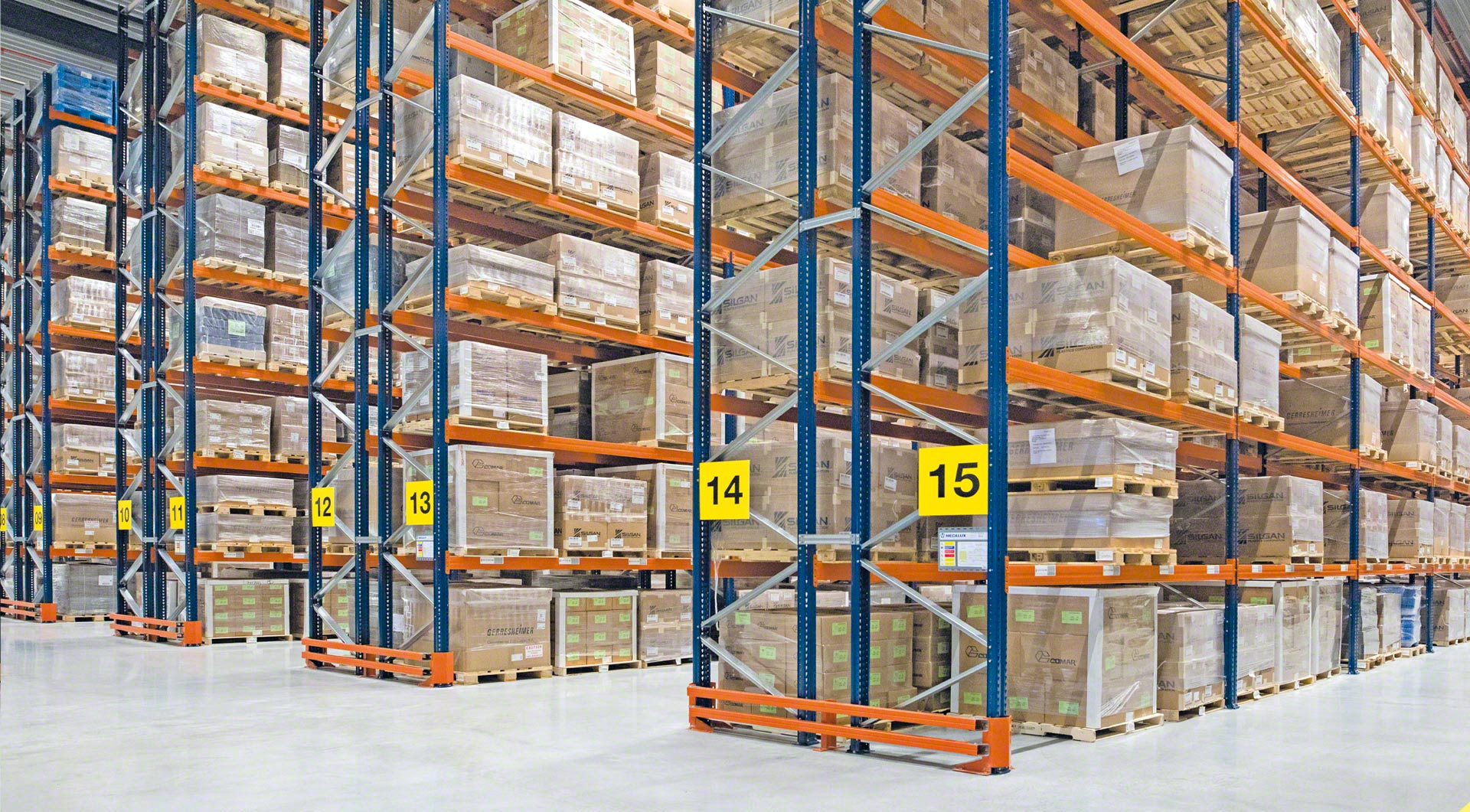
Efficiency is key in any warehouse operation. Time wasted looking for items or dealing with disorganized inventory can have a significant impact on productivity and the bottom line. One way to streamline operations and maximize efficiency in a warehouse is through the use of pallet racking systems. These systems are designed to optimize storage space, improve organization, and ultimately increase overall efficiency. In this article, we will explore how warehouse pallet racking can help businesses organize for success.
The Benefits of Warehouse Pallet Racking
Increased Storage Capacity
- Utilizes vertical space efficiently
- Maximizes floor space
- Allows for more inventory to be stored
Improved Organization
- Easier to locate and access items
- Reduces the risk of misplaced or lost inventory
- Enhances inventory management processes
Enhanced Safety
- Reduces the risk of accidents and injuries
- Secures inventory in place to prevent shifting or falling
- Complies with safety regulations
Types of Pallet Racking Systems
Selective Pallet Racking
Selective pallet racking is the most common type of racking system used in warehouses. It allows for direct access to each pallet, making it easy to retrieve specific items quickly. This system is versatile and can be configured to fit different warehouse layouts and storage needs.
Drive-In Pallet Racking
Drive-in pallet racking is ideal for high-density storage of similar products. Pallets are stored on rails that allow forklifts to drive into the racking system to retrieve or store pallets. This system maximizes storage space but may require more time to access specific items.
Push-Back Pallet Racking
Push-back pallet racking is a Last In, First Out (LIFO) storage system that utilizes carts on inclined rails to store pallets. When a new pallet is added, it pushes the existing pallets back, allowing for multiple SKUs to be stored in each lane. This system is efficient and maximizes storage density.
Factors to Consider When Implementing Pallet Racking
Warehouse Layout
- Consider the dimensions and layout of the warehouse
- Ensure that racking systems do not obstruct walkways or emergency exits
- Optimize aisle space for efficient navigation of forklifts
Storage Needs
- Assess the types of products being stored
- Determine the volume and weight of inventory
- Consider future growth and scalability
Budget and ROI
- Evaluate the cost of different pallet racking systems
- Calculate the return on investment in terms of increased efficiency and productivity
- Consider long-term maintenance and operational costs
Best Practices for Maintaining Pallet Racking Systems
Regular Inspections
- Inspect racking for damage or signs of wear and tear
- Repair or replace damaged components promptly
- Conduct annual safety inspections to ensure compliance
Proper Loading and Weight Distribution
- Follow weight limits and guidelines for each racking system
- Distribute weight evenly across pallets to prevent overloading
- Avoid stacking pallets beyond recommended heights
Employee Training
- Train staff on proper loading and unloading procedures
- Emphasize the importance of safety when working with pallet racking systems
- Provide ongoing education on best practices and operational guidelines
Conclusion
Warehouse pallet racking systems are essential for optimizing storage space, improving organization, and enhancing efficiency in warehouse operations. By investing in the right pallet racking system and following best practices for maintenance and operation, businesses can streamline their processes, reduce costs, and increase overall productivity. Remember, an organized warehouse is a successful warehouse.